Like the sheer madness spiraling all around us in the world today, chaos has reigned supreme here for the past several weeks. While the garden might have endured a solid two weeks of rain (sorry California), it could not withstand it with constant below average temperatures. For four days the highs never reached 70° while we are supposed to be in the low 90°s. Each night we dipped into the low 50°s. The days on either side were almost as chilly and I don’t think we saw any sunshine.
As the poor confused bees huddled inside the zombie zucchini flowers and clung drunkenly to the basil blooms, the tomatoes called it quits and the cucumber plants dissolved overnight. Blight ripped through the tomatoes and peppers, as well as other fungus and opportunistic bugs and worms. The rain never stopped long enough for me to spray either organic or chemical aids.
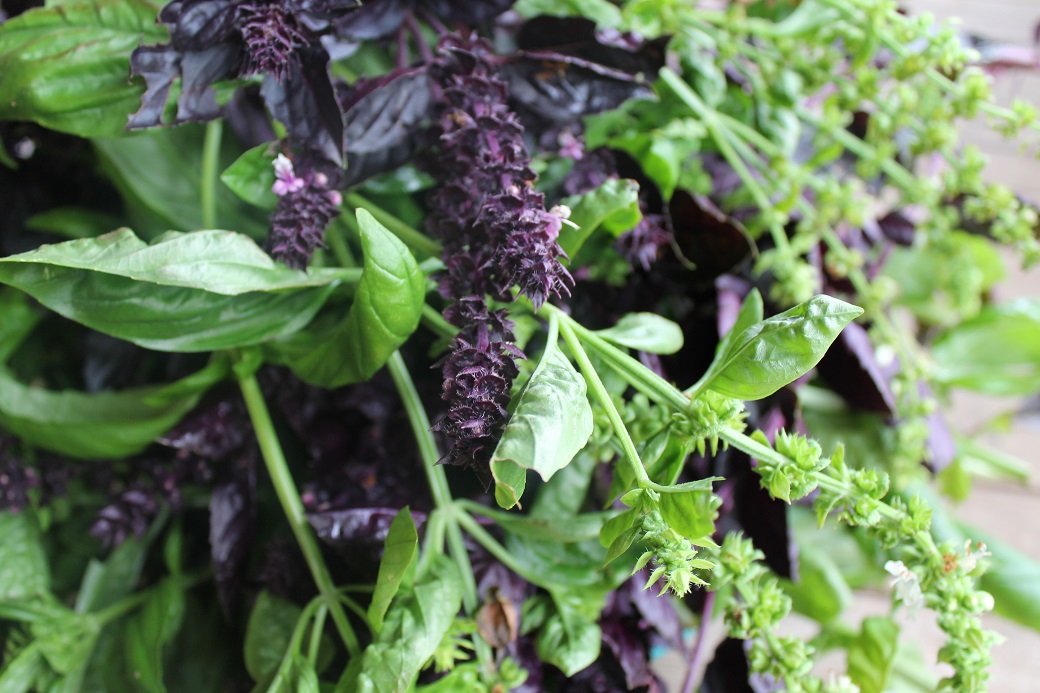 The cold, wet weather and dismal forecast gave me little hope and I furiously began Googling what to do in order to salvage some of our harvest. Starting in the herb garden, I cut the basil (complete with stubborn bees still attached to the tops) and brought heaps of it onto the front porch. There I spent hours cutting off the good leaves of both the purple and the sweet green basil into separate bowls to be washed. Later, after a good rinse, I laid out all the leaves to dry for a few hours. When they were dry I packed them into quart sized zip lock freezer baggies. By stuffing the bags and gently pushing the basil to the bottom, then rolling the bag around them and securing with rubber bands, they were frozen. When ready to use, they can be retrieved and the solid fresh herbs sliced from the end like a log of cheese to use whatever quantity may be desired while returning the remainder to the freezer.
The cold, wet weather and dismal forecast gave me little hope and I furiously began Googling what to do in order to salvage some of our harvest. Starting in the herb garden, I cut the basil (complete with stubborn bees still attached to the tops) and brought heaps of it onto the front porch. There I spent hours cutting off the good leaves of both the purple and the sweet green basil into separate bowls to be washed. Later, after a good rinse, I laid out all the leaves to dry for a few hours. When they were dry I packed them into quart sized zip lock freezer baggies. By stuffing the bags and gently pushing the basil to the bottom, then rolling the bag around them and securing with rubber bands, they were frozen. When ready to use, they can be retrieved and the solid fresh herbs sliced from the end like a log of cheese to use whatever quantity may be desired while returning the remainder to the freezer.
The chives were a harder decision but I decided to cut them and err on the side of caution. My garlic chives, which by the way have potent anti-bacterial properties and are a great digestive/kidney balm, were chopped and are drying in a cool and dry place in the sun room next to the black beans and the stinky, still fermenting sauerkraut.
Saving tomatoes has become my new normal as I learned those tomatoes which had begun to turn orange could be picked to finish ripening inside. Last week I was retrieving about 50 ripening tomatoes each day while having to toss aside 1 in every 4 that were bad. Like the insanity of the financial markets, this has accelerated exponentially. By yesterday I was able to pick about a hundred to save, but had to discard 2 for every one I kept. By picking them this way each day, I estimate that we have rescued, eaten and canned almost 500 tomatoes. My best guess is there are 1500+ more still on the plants and we may get to use 500 to 700 of them if lucky.
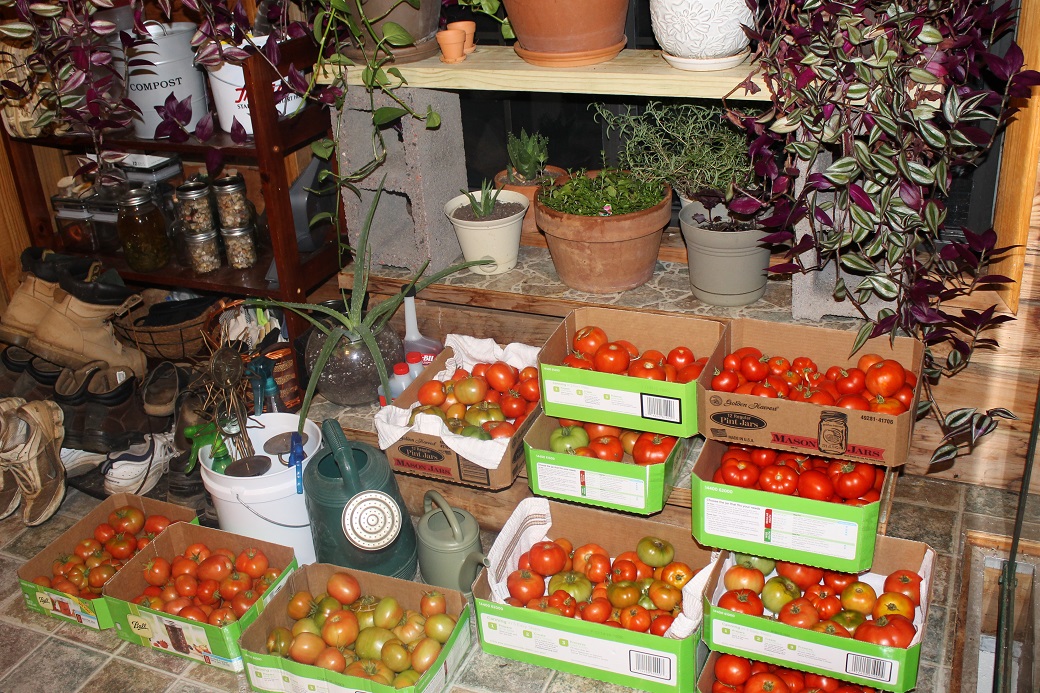 Cog has taken to following me out to the garden in the rain to help discard the bad ones and prop up what is left of the plants. Every tomato plant is in a cage but under the weight of the water they are tipping over in the soil which is now mud. Some are collapsing into their own footprint. Every day there are more casualties.
Cog has taken to following me out to the garden in the rain to help discard the bad ones and prop up what is left of the plants. Every tomato plant is in a cage but under the weight of the water they are tipping over in the soil which is now mud. Some are collapsing into their own footprint. Every day there are more casualties.
In the next few days we will begin removing these plants from the garden completely and hauling them to the junk compost that will NOT be recycled back into the garden. That would only reintroduce these spores and pests again next season. I must admit it is hard to yank a plant which has lost almost all its leaves but still has 20 baseball/softball sized green tomatoes. If those look decent on the inside when I cut them open, I may get to use LionLady’s pickled green tomato recipe yet.
Those who have been following along with the home version of the garden in Cogville game will be very glad to know those darned zucchini plants are still producing. Having resurrected themselves from the previous bout of chilly weather many weeks back, they have truly become zombies impervious to all that might kill mere mortal squash. Let us hope they share some of their survival enthusiasm with their cousins over in the butternut squash patch where flowers and a very few veggies have begun to appear.
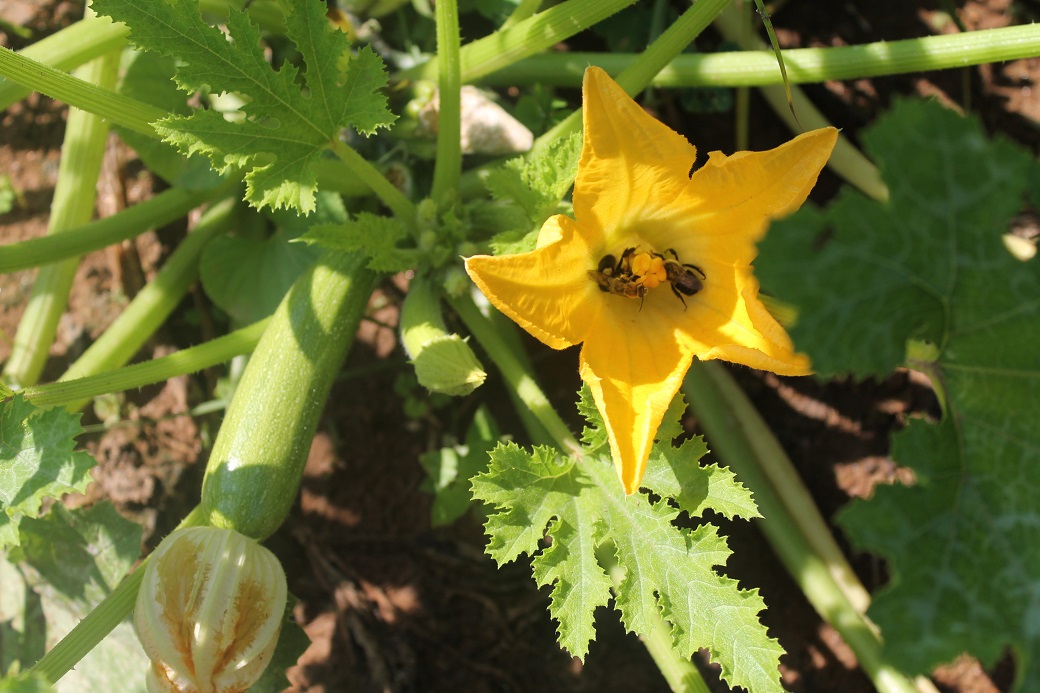
In the midst of the carnage, the green beans have proved to be hardy and able to survive the oppressive conditions. Bowls of them were picked from both patches and I made time to julienne and pressure can them in 8 oz. jars with a smidgen of celery salt and bacon. The child unit was quite taken with these after trying them at her friend’s farm house, an old recipe from her friend’s granny. When she returned home with several quarts of them and proceeded to devour them with mashed potatoes each day, I knew I had a potential winner in the garden and ours did not disappoint. Rather than consuming them by the quart, she can now opt for single serving portions whenever she desires. Another successful conversion from the garden to fast food.
The corn apparently thinks it needs sunshine to grow. The jury is out as to what results the still immature ears will have. We did pick about ten of the larger ears to eat on the cob with chicken last night. There is nothing like yummy sweet fresh corn that was still growing twenty minutes before consuming.
The black beans are still producing and we continue to pick and shuck them to dry for storage. They are hardy and versatile in the garden and an excellent source of protein. As far as survival gardening goes, if only to survive rising prices, black beans are easy to grow and store even for someone with the brownest thumb.
The flowers have had a traumatic spring and summer. Late cold snaps killed the lilac blooms and the kiwi flowers that would have become fruit. The roses produced a few stray beauties and the lilies while brilliant, were a pittance of last year’s bloom. The hydrangeas are a no show. The enormous hanging petunias plants in the front porch have called it a season too.
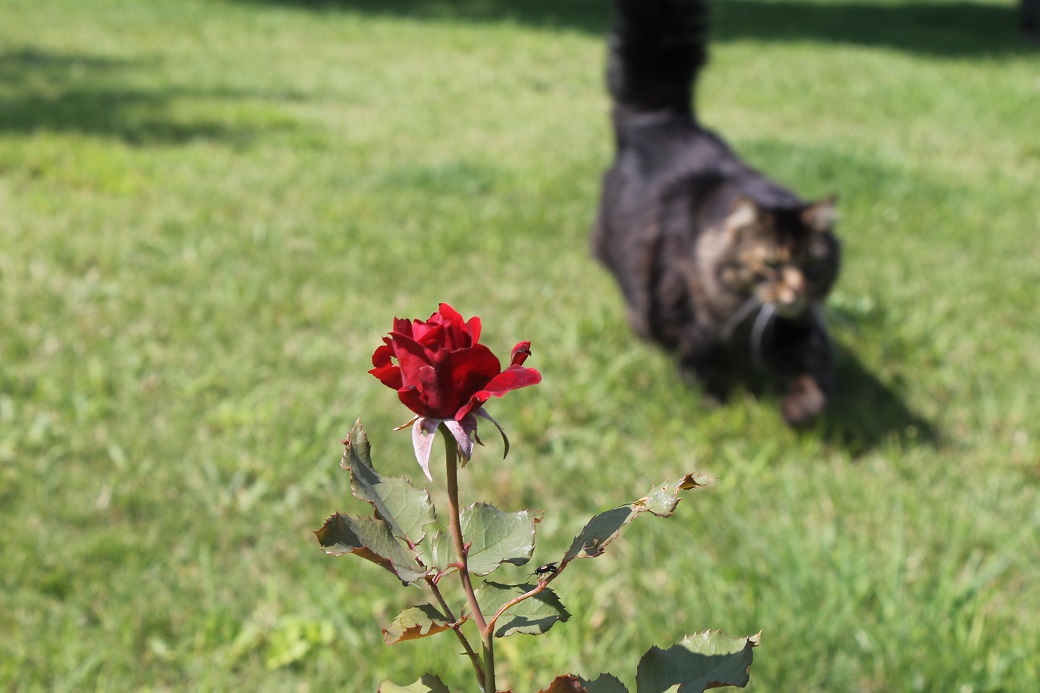 The good news is I have discovered what is hardy enough to endure as the geraniums and begonias are loving life throughout this nasty summertime climate. The carnations, which are perennials, have continuous blossoms to cut and bring inside. The butterfly bushes have decided to peek their heads out, although with all the weather confusion it is indeed anarchy as caterpillars can’t wait to become butterflies to feast on them and the bees just join right in the party finding pollen is scarce when it is normally plentiful.
The good news is I have discovered what is hardy enough to endure as the geraniums and begonias are loving life throughout this nasty summertime climate. The carnations, which are perennials, have continuous blossoms to cut and bring inside. The butterfly bushes have decided to peek their heads out, although with all the weather confusion it is indeed anarchy as caterpillars can’t wait to become butterflies to feast on them and the bees just join right in the party finding pollen is scarce when it is normally plentiful.
While I am disappointed that my daily efforts have taken this twisted turn, it is hard to become too broken up over these circumstances. How fortunate am I to be here and doing this now? The learning experience is invaluable as next year I will structure my planting so the full sized tomato plants are able to get clear air circulation all the way around each plant and they are isolated in different areas to minimize the spread of disease. I have also discovered several more organic chemicals that can aid in prevention as well as reaction to the first sign of trouble.
We certainly seem to live in rapidly changing times. Fighting each change, even the weather, is like creating a solid wall for the winds of change to slam against, resulting in stress and turbulence. I like Cog’s analogy of instead of resisting change like the stubborn wall, I am trying to be a screen door so I can squarely face the change. Rather than resisting, the wind is able to flow right through and I am just as strong for having stood there.
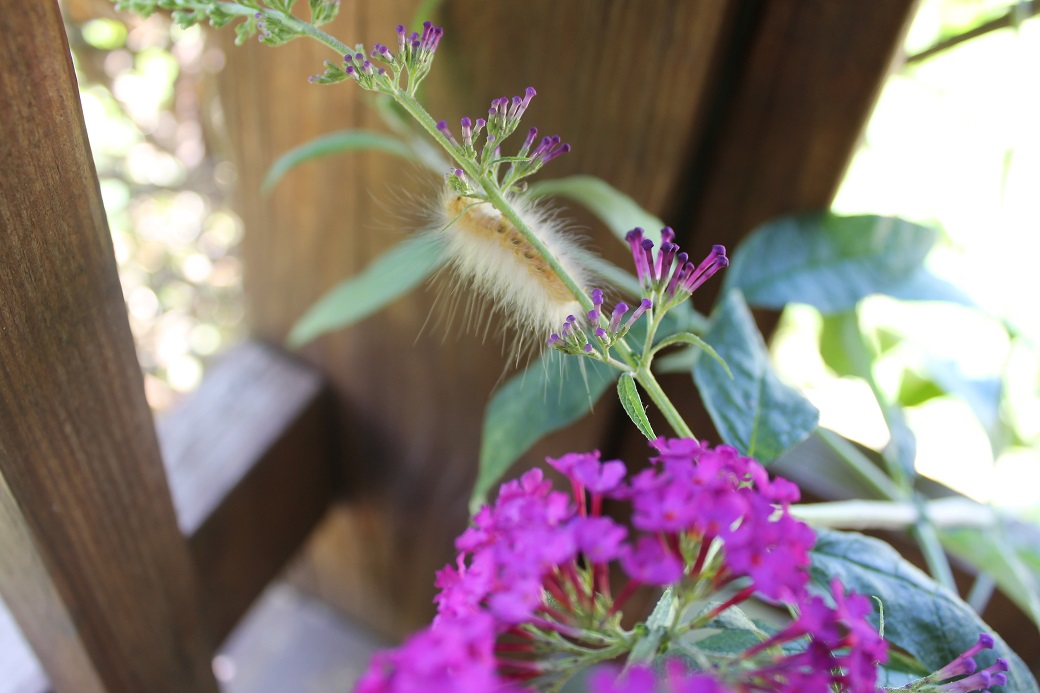

Great! Zombie zucchini for realz…so when the world crashes and burns only cockroaches and zucchini will be left. ;p
Hope you two are hanging in there.
Seeing all those tomatoes in the pic, maybe when things calm down you can make a Summer Tomato Pie.
Dis, that looks fabulous. I have to try this one. Thanks!!